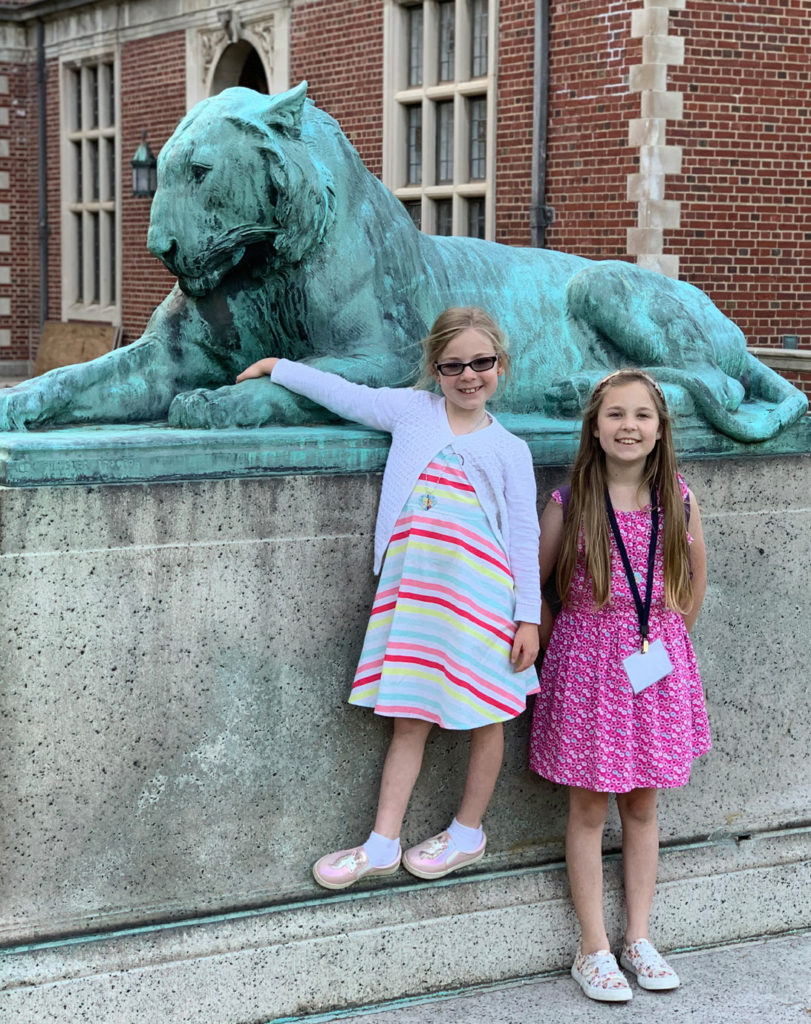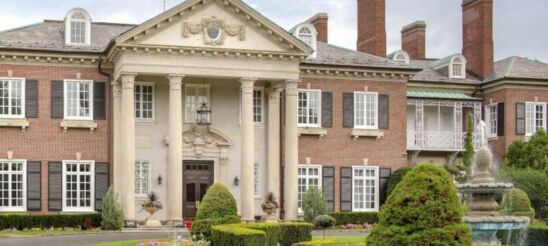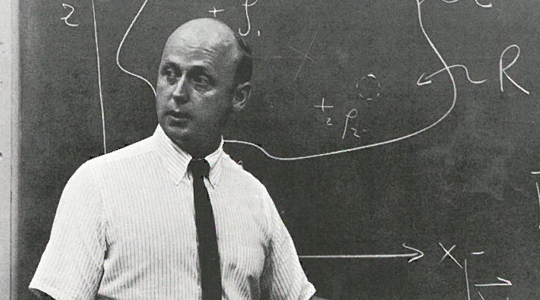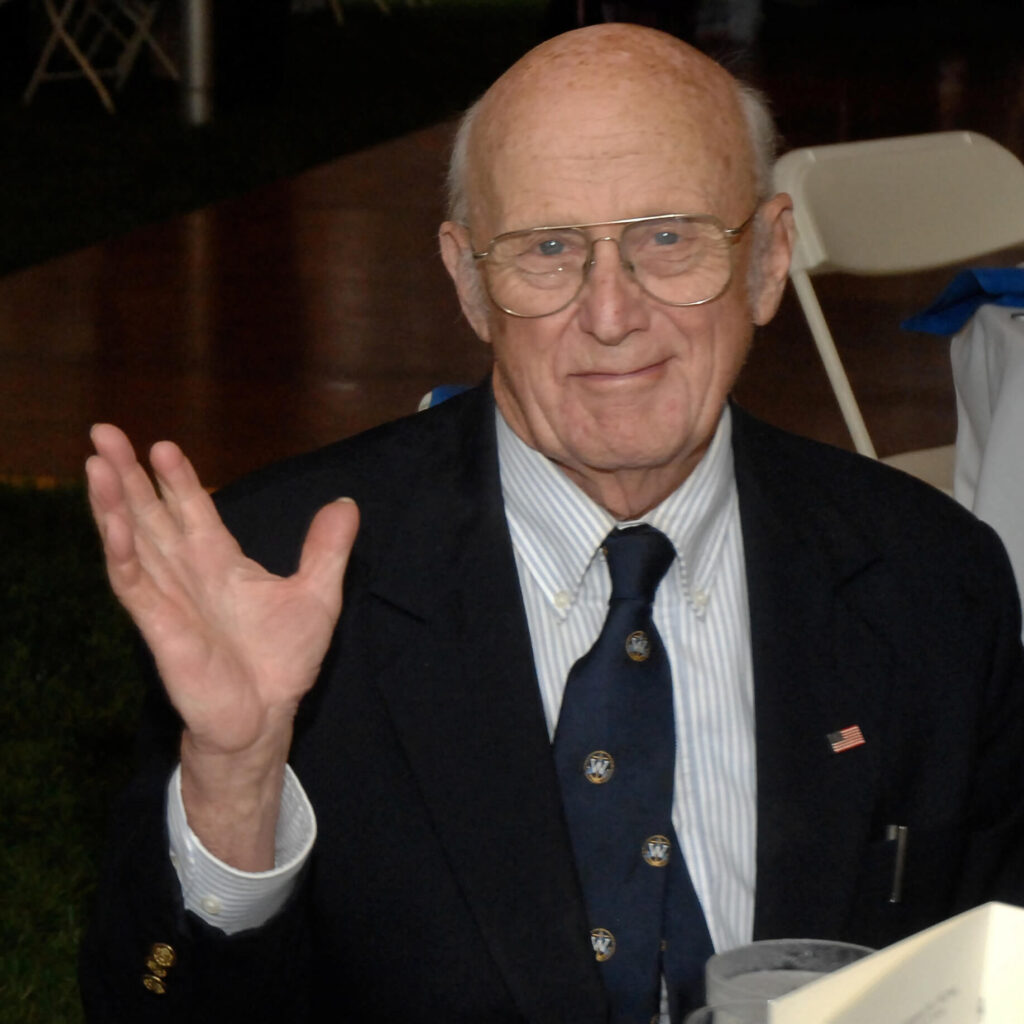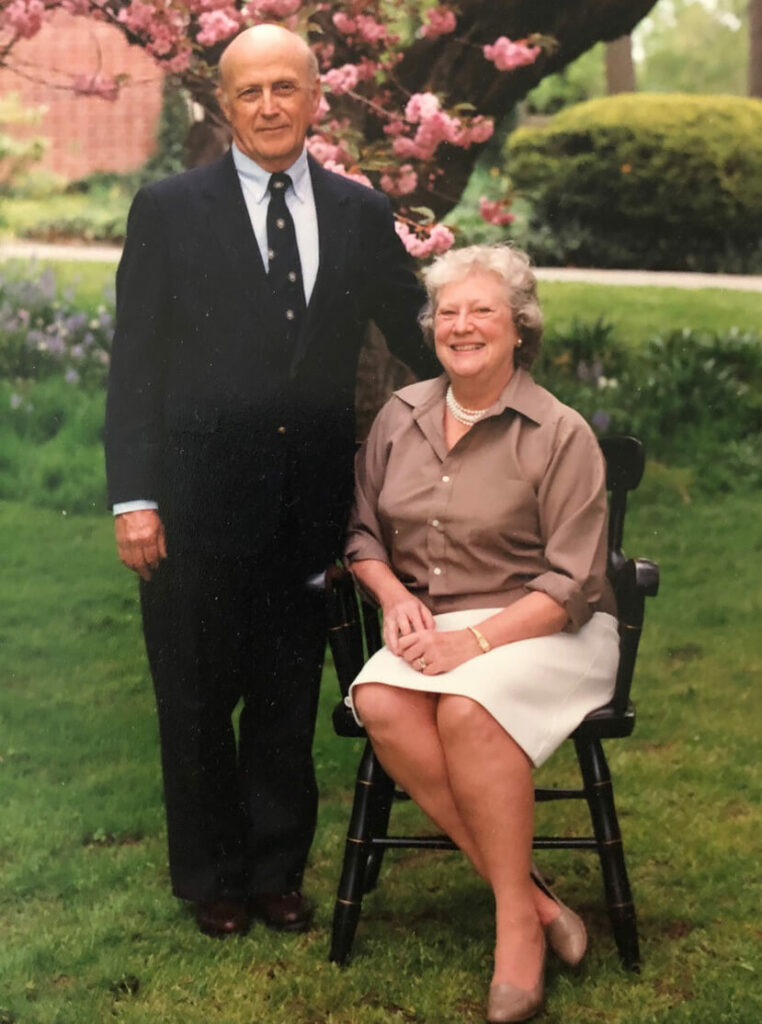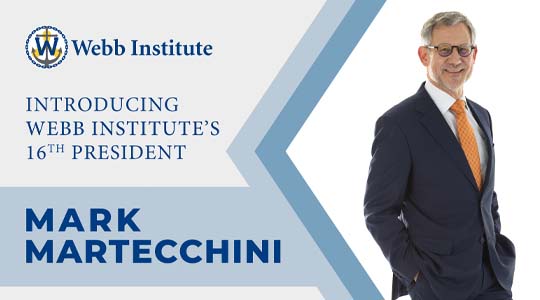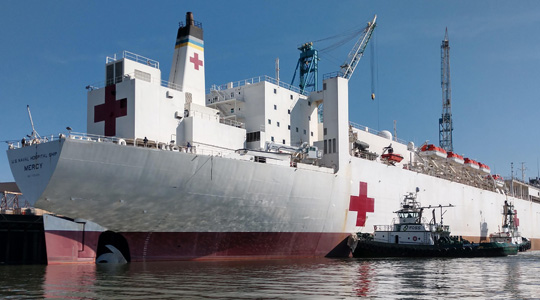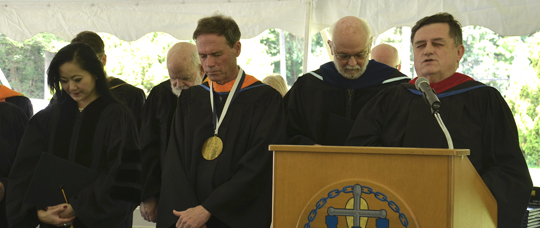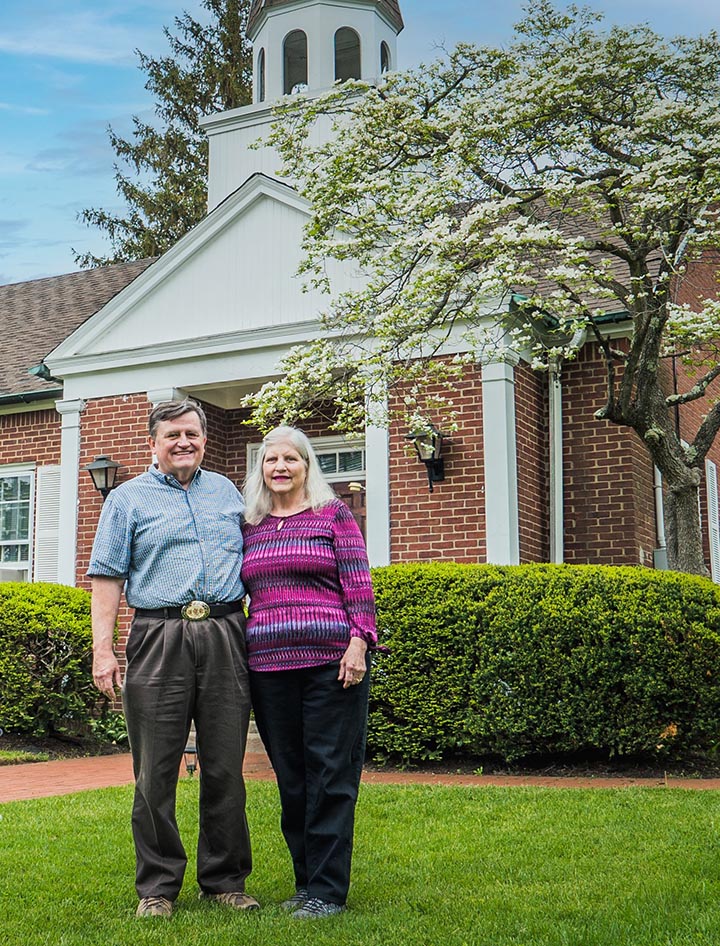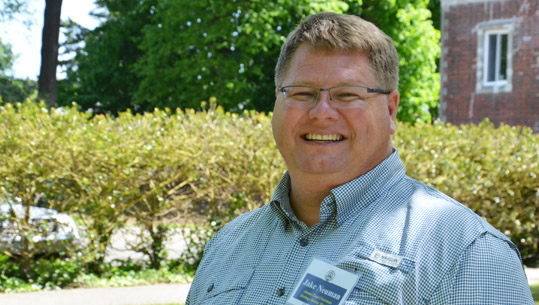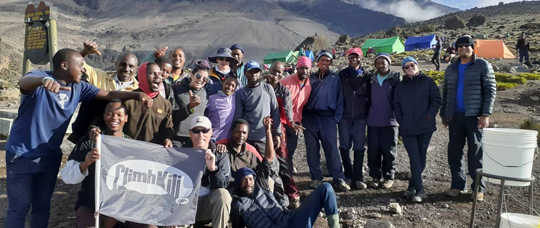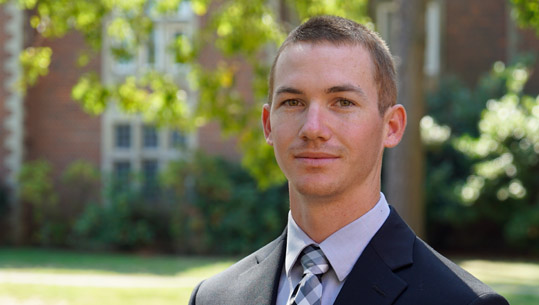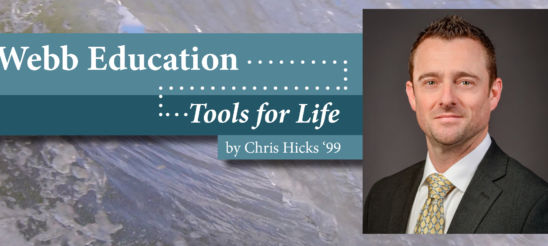Plan your next trip to Webb early to ensure your room at the Glen Cove Mansion.
We are excited to welcome everyone back to campus this year. From Homecoming and Class Agent Forum, to Commencement and Family Weekend, we hope there will be an event for you!
To prepare for your upcoming trip to Webb, we wanted to share that Glen Cove Mansion now requires Webb guests to make reservations as early as possible, since they will release the rooms 45 days prior to the event. Webb guests will receive the discount rate of $220, please call or email the GCM with the specific date and group name (see names below).
Contact information for reservations:
Phone: 646-518-8775 / 646-518-8773
Email: moc.noisnamevocnelg@snoitavresermcg
Upcoming Webb Events and Glen Cove details: (Subject to change due to COVID)
2022 Webb Institute Board Meeting & Heritage Society Room Block
May 20, 2022
50 rooms (Mix of Premium King and Garden Double)
2022 Webb Institute Homecoming/Retirement Room Block
May 21, 2022
20 rooms (Garden Double) almost sold out
2022 Webb Institute Graduation
June 18, 2022
25 Rooms (Mix of Premium King /Double)
2022 Webb Institute Family Weekend
Sep 23-25, 2022
25 Rooms (Garden Double)
Additional Places to Stay: (20 minutes away)
East Norwich Inn (72 rooms)
516-922-1500 or 800-334-4798
6321 Northern Boulevard
East Norwich NY 11732
Mention Webb Institute for their corporate rate.
Comfort Inn Syosset (82 rooms)
516-921-1111 or 800-228-2800
24 Oak Drive at Jericho Turnpike, Syosset
The Inn at Fox Hollow (145 rooms)
800-291-8090
7755 Jericho Turnpike, Woodbury
Holiday Inn Westbury (153 rooms)
516-997-5000 or 800-HOLIDAY
369 Old Country Road, Carle Place
Roslyn Hotel (76 rooms)
516-625-2700 or 800-626-9005
1221 Old Northern Boulevard, Roslyn
If you have any questions about your trip to Webb, please contact Gailmarie Sujecki at ude.bbew@ikcejusg.
In Memoriam: Dr. Lawrence W. Ward PG’51
Photo above: Professor Ward teaching at Webb in 1967
We are sad to report that Professor Larry Ward PG’51 passed away at the age of 96 in Rocky Hill, CT (formerly of Locust Valley, NY) on January 10th, 2022.
Please enjoy a recent article written by Anthony Zic, Webb’s Director of Development, originally published in the 2020-21 Annual Report (p.11). The article captures Professor Ward’s humor and generosity and his legacy, which will inspire future generations of Webbies.
Professor Lawrence W. Ward PG’51: Giving Back to Webb Takes Many Forms
As Professor Ward and I met to discuss this feature article, he shared with me that he had just been thumbing through Edwin L. Dunbaugh’s A Centennial History of Webb Institute of Naval Architecture, reminiscing about the days when he and his late wife Grace hosted Webbies for meals. His smile was all I needed to know about these vivid memories and his family’s love for Webb.
Among his many exceptional attributes, Professor Ward has a remarkable sense of humor. “I created and ran a hockey team called the C+ Team at my skating club. I was sure to get on the team. There was an A and B Team, so that should tell you how good a player I was,” joked Professor Ward.
Professor Ward graduated from University of Michigan with a Bachelor’s degree in Naval Architecture and Marine Engineering in 1948. In 1951, he received a Master’s from Webb in Nautical Engineering while conducting his thesis work under Professor Nevitt. He went on to work for Gibbs & Cox from 1948-51 in the Hull Scientific Division to work on the design of the SS United States, then joined the company’s Hydrofoil Group from 1952-55. In 1958, Professor Ward replaced Professor Bob Jensen to teach Structures and Fluids to both Webb undergraduates and Navy postgraduates, and the Fluids Lab and Flow Channel were later added to his many Webb responsibilities. He would serve as Webb professor for a remarkable 32 years and spent another four years taking care of the Robinson Model Basin (known by many as the Webb Tank).
Professor Ward and his family lived over the Robinson Model Basin for ten years. There were two apartments on the 2nd floor, the other occupied by Captain Robert A. Hinners, USN (Ret.) and his wife. Professor Ward fondly recalls that Webb Beavers helped with various tasks around the apartment and the labs, and as a show of gratitude, the Wards would invite students for meals at the apartment. “They were grateful. It was nice for the students to be a part of a family, our family, and besides, the Webb food was not so great at that time,” recalls Professor Ward.
Professor Ward went on to receive a Doctoral degree from Stevens Institute in 1962, and he conducted his thesis in Experimental Wave Resistance in the Webb Tank. He was then awarded a National Science Foundation fellowship and he and his family spent a year in Hamburg, Germany in 1965, during which time he enjoyed traveling to England, Scotland, and Norway.
In 1974, Professor Ward took the reins from the late Professor Thomas Bond ’45 as the Webb Alumni Fund Chairman. When I asked him why he took on this role, he simply said, “it just had to be done.” I then asked him what kept his record-breaking tenure going, he simply replied “inertia!”
“Larry Ward has been my teacher (at Webb), mentor, cheerleader, and friend for over 50 years. He was my role model as Webb Alumni Fund Chairman—a position he held for 24 years. For Webb graduates entering the workforce, his guidance was “Give a Week for Webb,” and for older alums who could contribute more, he advised “Give until it feels good!” Those two slogans have stood the test of time, and we can thank Larry Ward for putting the Webb Alumni Fund on the growth path that continues through today,” John Malone ’71, Webb Alumni Fund Chairman 1997-2015.
In 1989, Professor Ward received the greatest honor that may be bestowed upon a Webb alumnus, the William Selkirk Owen Award, for outstanding achievement and service to his profession and to Webb. He was a very active member of St. George’s Episcopal Church in New York City, which is how he met his late wife, Grace. Later, he was active at St. John’s of Lattingtown in Locust Valley. Rounding out the Ward family are their three children: John, Chris, and Anne.
The Ward family has been extraordinarily generous to Webb for decades. Professor and Mrs. Ward joined the Heritage Society in 1996 by transferring stock to Webb to establish a Charitable Remainder Annuity Trust. Most recently, Professor Ward established a scholarship fund that provides room and board stipends for Webb students with a demonstrated financial need. When I asked the Professor what prompted him to establish this scholarship fund, he replied, “I guess it still feels good!”
Mark Martecchini Named as Next President of Webb Institute
“It is my honor and great pleasure to announce the election of Mark Martecchini as the 16th president of Webb Institute,” said Board of Trustees chair Bruce S. Rosenblatt. “He is a visionary leader who is passionate about the mission of Webb Institute and is committed to building upon our 130-year history of excellence in engineering education.” Effective July 1, 2022, Martecchini will succeed R. Keith Michel who has served as Webb’s president for the past nine years.
The search process was a rigorous one, led by a Board of Trustee’s search committee consisting of seven members with diverse backgrounds and expertise. From a strong international pool of candidates, the search committee invited three finalists to campus for meetings with students, faculty, administrative staff, and trustees. After taking into consideration input from a broad spectrum of the Webb community, the search committee and the Board enthusiastically and unanimously elected Martecchini to lead Webb as its next president.
Martecchini is recognized for his innovative leadership and advocacy for inclusiveness and sustainability. During a 38-year career with Stolt-Nielsen, he served in a variety of technical, commercial and executive roles, most recently as Managing Director of Stolt Tankers, operating the world’s largest global fleet of parcel tankers. Stolt-Nielsen is an international company focused on the bulk liquid and chemical logistics businesses and aquaculture, with more than 6,000 employees across 30 countries.
Martecchini has served on the boards of the International Chamber of Shipping (ICS), the International Association of Independent Tanker Owners (INTERTANKO), and the International Tanker Owners Pollution Federation (ITOPF). He previously chaired Webb Institute’s Academic and Student Affairs Committee, a standing committee of the Board of Trustees.
“I am honored and excited to be chosen to succeed Keith Michel to lead Webb into the future,” said Martecchini, adding, “a future where sustainability and decarbonization will redraw the map of the maritime industry, with Webb graduates ideally placed to make that change happen. Webb has made huge strides under Keith’s tenure, constructing a state-of-the-art academic center that enables Webb to continue adapting its curriculum and faculty to promote innovation and new technologies.”
In his remarks, Board chair Rosenblatt noted the accomplishments of retiring president Keith Michel. “Enrollment, educational outcomes, student body diversity, and the Institute’s financial strength have markedly increased during Michel’s tenure. We thank him for his many contributions.”
President Michel enthusiastically endorsed the selection of Martecchini as his successor. He explained, “I am excited for Mark and his family and look forward to working with him as we transition the presidency. I have long admired his collaborative approach to leadership and believe he is especially well prepared to lead Webb in this time when rapid technological advancement demands innovative approaches to engineering education.”
Martecchini holds a BS in Naval Architecture and Marine Engineering from Webb Institute and an MBA from New York University. He lives in Rotterdam, Netherlands, with his wife Laurie. They have two children, Niko, who is a 2009 graduate of Webb Institute, and Thomas. With the strong family connection to Webb Institute, Martecchini brings a deep appreciation for the mission and values of the college.
How Many Webbies Does it Take…
by T.J. Brackin ’16
The past year has brought more surprises than any of us could imagine. For many of us, work transitioned to something done from the comfort of our living rooms, rather than in our offices. But for some of us, call us the lucky few if you’d like, our work can’t always be done from home.
This is particularly true when that work includes visiting a ship. In February of this year, a team from Bruce S. Rosenblatt & Associates, LLC (BSR) performed a Deadweight Survey and Inclining Experiment of the hospital ship USNS Mercy. The Mercy is one of two hospital ships owned by the U.S. Government. Many of you probably saw news stories about the Mercy’s trip to Los Angeles to serve as a hospital during the early days of the pandemic. Considering the audience of this article, I suspect that many of you know what I mean when I say “Deadweight Survey and Inclining,” but I’ll give a brief overview just to be safe. The term “deadweight survey” describes the process of inspecting every space aboard a ship, and cataloging the contents – the weight and location of each item – of that space. This, as you might imagine, is rather time-consuming. Then there’s the inclining, which involves moving a series of very heavy weights back and forth across the ship to measure the ship’s stability. Combined, we call these two events a Stability Test.
For any ship, a stability test requires a lot of effort. But for a ship the size of the Mercy, “a lot” doesn’t even begin to cover it. The Mercy can carry more than 2,200 people at full capacity, and at 894 feet, is one of the largest ships the U.S. government owns. So, as you might imagine, BSR needed a little help to pull off such a massive undertaking. Fortunately for us, the timing of the stability test coincided with the Winter Work Term at Webb. Of course, BSR and Webb are certainly not strangers. At the moment, BSR has eight recent graduates on its staff: Andy Thompson ’15, T.J. Brackin ’16, Blake Loncharich ’18, L.J. Bock ’20, Mary McGuinness ’20, Rocky Regan ’20, Harrison Tack ’20, and Mike DeNapoli ’20. For the Mercy task, BSR’s staff was bolstered by three current Webb Students: Cross Weeks ’21, who will be joining the company post-graduation; Gabe Allen ’23; and Eric Heilshorn ’23, bringing us to a grand total of 11. Together, this unprecedented concentration of Webb talent tackled the Mercy Stability Test.
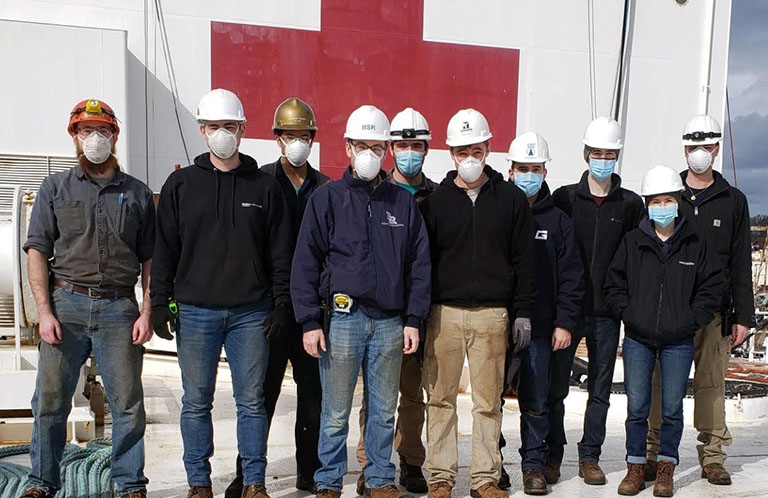
At this point, I’m hoping I’ve convinced you just how much effort went into this endeavor, but just in case you don’t believe me, I have some numbers to help make my case (in true engineer fashion). The first number is time spent. All in, the BSR team spent a combined 176 working days aboard the Mercy, which works out to more than two weeks per person. In that time, the team surveyed 842 different spaces aboard the ship. We documented everything from toilet paper to CPR dummies to spare electric motors. If it was aboard the ship we surveyed it, and in some cases, we even surveyed things that weren’t on the ship. When all was said and done, the BSR Team had surveyed 2,020,480 lbs. of weight aboard the Mercy. For comparison, that’s approximately the weight of five Boeing 747 airliners. Suffice to say that all of us were pretty exhausted by the time we got back to the hotel each evening!
Then there’s the inclining. We had to coordinate with the ship and shipyard to have huge steel weights brought aboard, have tugs available to maneuver the ship away from the pier, cranes to move the weights during the test, and a small boat in the water alongside to take draft readings. Data collection stations had to be set up. And we had to have mother nature give us a calm weather day. Somehow, after months of planning, the test was successfully completed.
But, in true Webb fashion, we made sure we weren’t too tired to have one or two socially-distanced social gatherings while we were there as well. Despite having a team that spanned almost a 10-year range in graduating classes, there’s something about the Webb family that binds us and made the experience feel like we’d all known each other for years. I’m sure I speak for the entire team when I say that it was an experience we won’t soon forget!
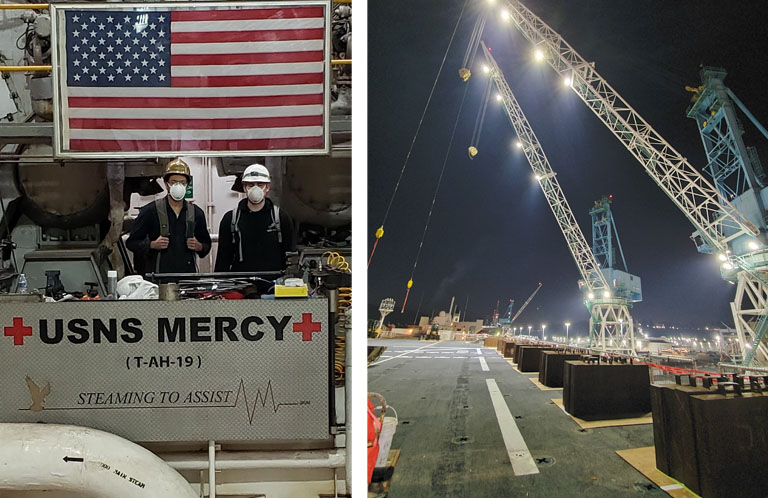
This article is also available on Webb News.
Alumni Spotlight: David H. Collins ’73, Pastor, Sea Cliff Gospel Chapel
by Gailmarie Sujecki (Hon.)
This unassuming and kindly gentleman has had an impact on the spirituality of students, past and current, and, I am sure, will continue to do so well into the future. David Collins ’73 and his wife, Meryl, have opened their home to students for years, as a chance to get off campus and decompress in a relaxing environment.
Growing up in Massachusetts, he enjoyed engineering, old wooden ships, and technology. It was a guidance counselor who introduced him to Webb Institute of Naval Architecture. He did apply to other schools, but Webb won his heart, so off to Glen Cove he headed. The rigors of a Webb education are demanding, but assembling other students for a game of volleyball at 1:00 am was not unheard of. There was one night that he needed another outlet. As a senior, Dave was aware of a student prayer time in the faculty dining room. Through them, he found God’s help in dealing with the stress of senior year. It was then and there that he started his spiritual journey. At the Webb Centennial, classmate Rich Celotto said, as he welcomed Dave, “You’re still a naval architect, just a spiritual naval architect helping people craft lives to weather the storms of life.”
Upon his graduation he went to work for George G. Sharp, Inc. in New York City for two years and then decided he wanted a better understanding of the Bible, so he took a leave of absence to pursue a degree in Religious Education for a year. He returned to George G. Sharp but was working with young people at church, prompting his return to seminary where he ended up with Master of Divinity at Trinity Evangelical Divinity School.
Pastor Collins returned to the Sea Cliff Gospel Chapel to do his internship, where he had been attending while at Webb. At this time, at a young adult gathering, he met his wife, Meryl, in the living room of the house they now live in – that was in June of 1977; by Christmas, they were engaged and then married in August of 1978. Dave was called to Pastor the Sea Cliff Gospel Chapel in 1978, where he has been ever since.
The crossover between engineering and the ministry runs deep in his family. His father was a mechanical engineer (Navy pilot) and then joined the ministry; one son is a civil engineer; another son is in the ministry in Pittsburgh; and his foster son, who they took in as a high school student, is a successful car salesman.
It was in the early 1980s that Pastor Collins began providing spiritual guidance to Webb students. And he has done so as students have requested help. His Church Service is available on Facebook service, and daily devotionals are posted there. Anchor Club has lately been reaching out to the Webb community with pizza and dialogue.
Matt Graham ’14 is so glad to hear the Anchor Club is still thriving! Matt named the group after Hebrews 6:19, and it definitely helped keep him stay partially sane. “Dave gave some great tips on how to lead bible studies and helped him learn how to form/ask good discussion questions. Dave attended almost all of them and often brought some great snacks. Dave also met with several students one-on-one, which really helped him. He really appreciated all the time Dave invested in us. Thanks, Dave!”
He has been meeting virtually twice a week with students for bible study/prayer time. During freshman orientation he invites the class to explore their spirituality, challenging them to fill out the other side of their lives. He has been with the Chapel for 43 years. In addition, he has presented the benediction and invocation at Commencement and blessed many a meal at on-campus events. He is always willing and able to help in any way possible, including cheering on the Webbies at athletic events, as well as individual counseling as requested.
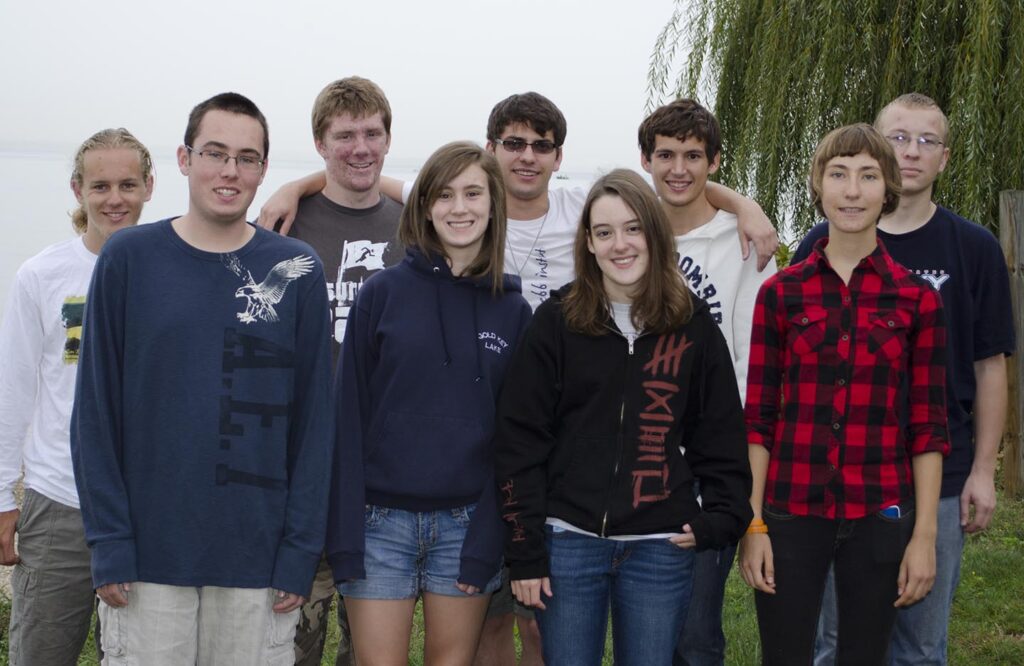
He feels students must develop more than just engineering knowledge. We need to care for our whole being, mind, body, and spirit. Webb stretches our minds. We need to also take care of our bodies, which sports, and other activities help. Then there is our spirit, which is easy to neglect in the stress of the Webb educational environment, connecting with a local house of worship, and Anchor Club can help us fill out that side of our being.
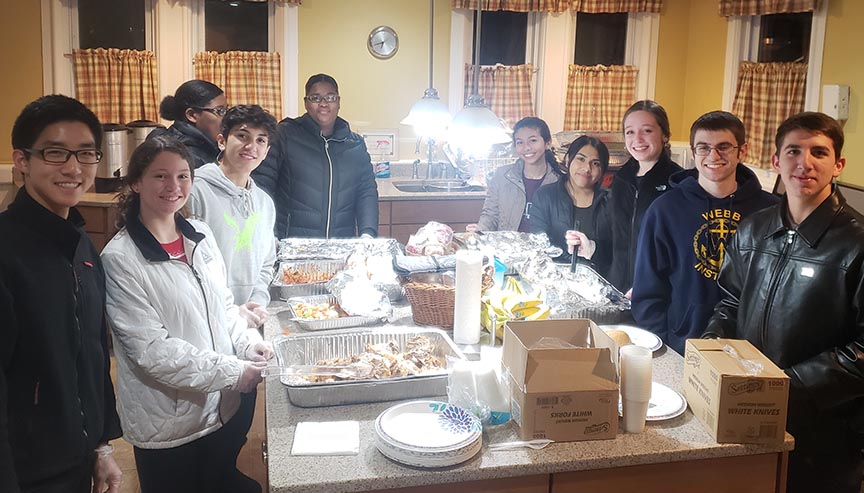
Spirituality: the quality of being concerned with the human spirit or soul as opposed to material or physical things.
David Rhoton ’87: “Pastor Collins is remembered as a friendly, supportive kind of a guy you could talk to about anything and receive a balanced, well-reflected response from, and if I were to go back in time and give myself some advice, it would include being more proactive about meeting with him and talking through some of my inner struggles and concerns much more openly.”
Jackson Juska ’21: “Pastor Collins has also gone above and beyond in expanding the views and values of the students in Anchor Club. His true wish to draw people together, even people of other faiths or spiritual backgrounds, is evident in his invitations to dinners and barbecues at his house or by encouraging and supporting the Webbies in serving the less fortunate of Glen Cove. It is safe to say, Pastor Collins has helped many students thrive through the rigors of Webb.”
Hank Rouland ’21 feels that Dave Collins’ impact has been profound, an invaluable and enduring source of encouragement for students seeking to take their faith seriously. Dave Collins’ unassuming and unfaltering faithfulness, care, and hospitality have modeled Christ’s character to generations of Webb students.
Dan Desio ’21: “Pastor Collins is a kind and loving person who provides wonderful insight to anyone that asks.”
Solid Performance in the Midst of Change and Uncertainty!
by Jake M. Neuman ’93
Chairman of the Webb Alumni Fund
At first glance, the 2019-20 Webb Alumni Fund (WAF) total raised of $2,027,089 might seem underwhelming with the backdrop of the successive record-breaking WAF years. But when you consider just how different this giving year was from most, reaching the $2 million plateau was a difficult task, one that could only be accomplished through your generous gifts during these uncertain times. When we planned for this WAF year, we knew all too well that you have been asked to stretch your giving capacity during the six-year Campaign for Webb effort. Then unexpectedly, in the last quarter of the giving year, COVID-19 disrupted our lives.
Most Webb students learned remotely during the spring semester. Many alumni experienced professional hardships. Our Spring Phon-a-thon was replaced by Webb Cares—phone outreach conducted by Webb students to ensure everyone’s well-being—a great display of the Webb family values. In spite of all of the challenges, alumni, led by class agents, persevered and contributed over $2 million of much-needed support for Webb. This is only the fourth time in Webb’s history that the WAF has surpassed $2 million, and for added context, the WAF secured $1.3 million in the first year before the Campaign for Webb (2013-14). In short, I am proud of what my fellow alumni have accomplished, but I would not be doing my job unless I shared with you that I think we can do even better next year! THANK YOU to all who continue to make the WAF a pillar of Webb’s financial support.
| 2019-2020 | 2018-19 | |
|---|---|---|
| Total Funds Raised | $2,027,089 | $2,561,658 |
| Participation % (Webb undergraduates Only) | 70.4% | 71.6% |
| Participation % (All Members of the Webb Alumni Association) | 68.0% | 69.4% |
| Average Gift | $2,553 | $3,190 |
| Median Gift | $750 | $720 |
Together, we achieved a nation-leading undergraduate participation rate of 70.4% and 18 Webb classes boasted an amazing 100% participation rate. Our future is bright, too, as the most recent 15 graduating classes combined for an average participation rate of 86%.
I look forward to a great WAF 2020-2021 as we strive to raise $2,100,000 and secure the participation of 75% of undergraduates.
A huge thanks to the Class Agents, Group Leaders, and the Development Office for all their time and efforts for the Webb Alumni Fund. The success of the WAF truly is a team effort! Thank you! A special thanks to Paul Hayes ’54 who is handing over Class Agent title to Joe Signorelli ’54 and welcome to our newest class agent, Reneé Tremblay ’20!
You can have a big impact on the future of our fundraising success and Webb’s financial well-being by:
- Maximizing your current giving levels – The WAF average gift is $2,553 and the median gift is $750. Maybe these are goals you can strive for or comfortably exceed, depending on your circumstances.
- Giving as early in the giving year as possible – This allows everyone involved in this effort to spend more time cultivating alumni that either do not give regularly or have not yet given at all.
- Serving as an ambassador for the WAF and Webb – Help your fellow class agents by encouraging classmates to maximize their giving and to give as early in the giving year as possible. Sharing your giving strategies (monthly giving, gifts of stock, gifts leveraging donor advised funds, charitable distributions from your IRA, matching gifts, etc.) may inspire a new gift or help your peers achieve new giving levels!
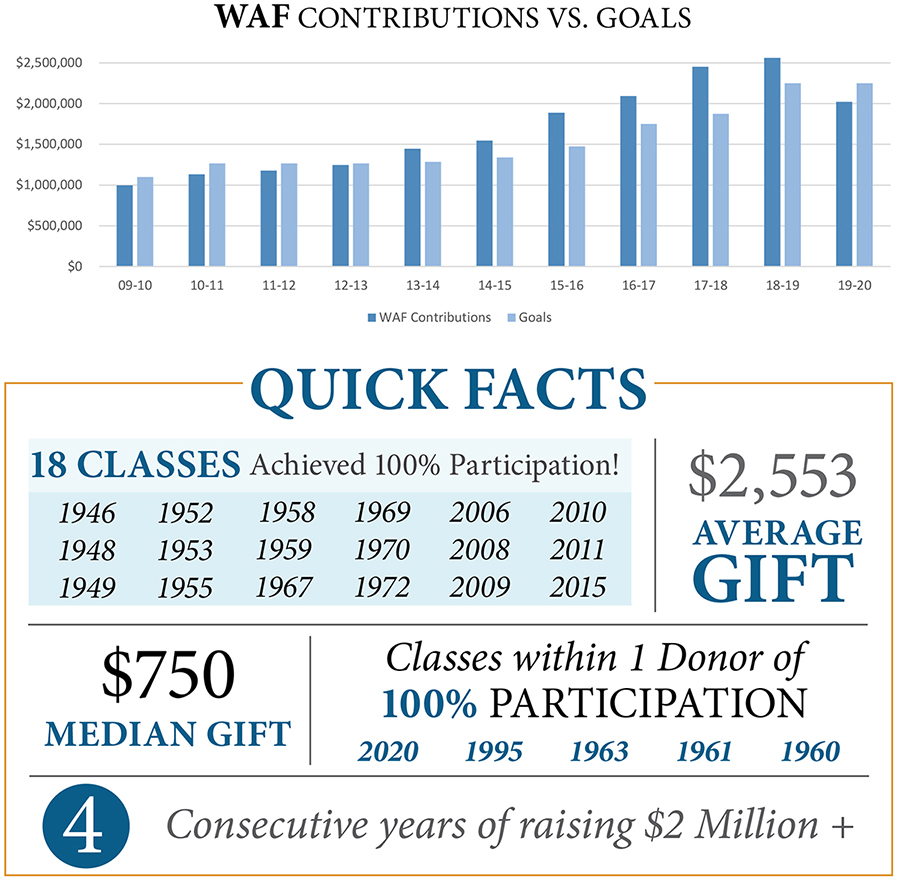
Rick Royce and the Mountain of Terror
by Rick Royce as told to Rick Neilson ’70
As seen in Webb News 2020 edition
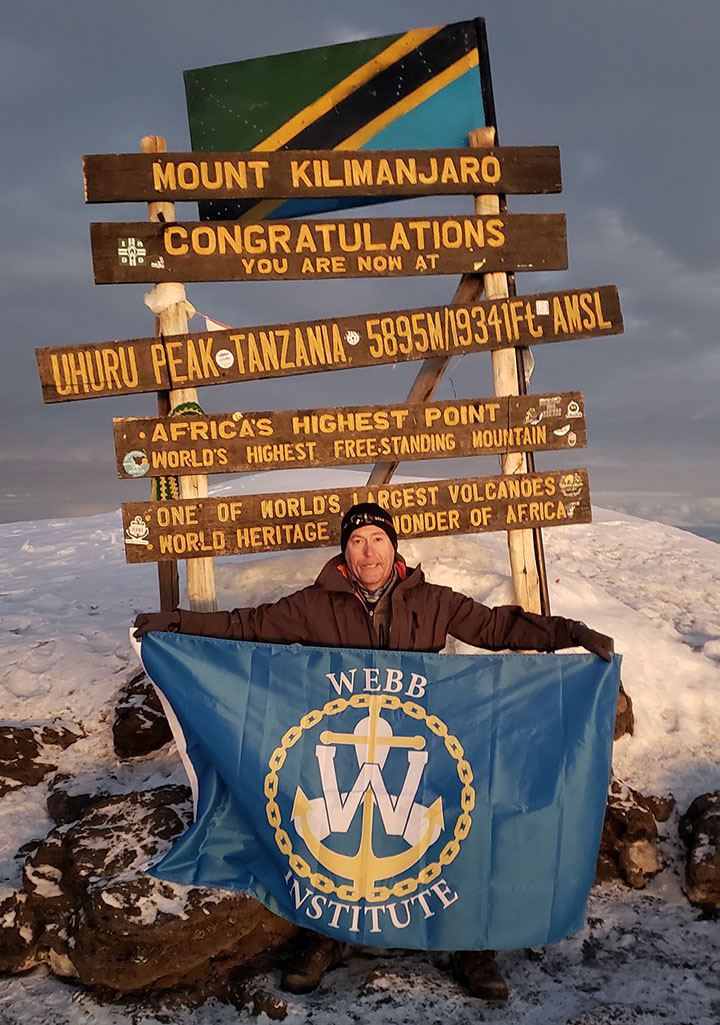
Richard A. (Rick) Royce has a Ph.D. in Naval Architecture and Marine Engineering from the University of Michigan and serves as Professor of Naval Architecture at Webb Institute, having been hired in 2001. In addition to his classroom duties, he has performed many different services, including Director of Research; Director of the Robinson Model Basin; leading the Webb “big boat” sailing efforts, including the Newport, R.I. to Bermuda race; and Principal Investigator for the Office of Naval Research (ONR) Navatek Consortium. Under Roger Compton’s leadership, Rick was a major author of the proposal to ONR that secured $2 million in grants for upgrades to the model basin, marine engineering laboratory, and the purchase of a research quality flow channel, in addition to funding research. Rick did a great job managing the resulting funds. In the time I’ve known Rick I have always thought of him as extremely capable and a reasonably sane man. Then I learned that in January of 2020, he planned on climbing Mount Kilimanjaro. Sometimes one has to re-think his opinion of another’s mental stability.
Spending a lot of time in a building the students often refer to as Hogwarts can do strange things to people. Perhaps that is what caused the aberration in the good professor’s mind though he claims this was a long time coming. The real impetus for this adventure came from Rick’s sister, Karen. They have always been close, and Karen wanted to do something special for their upcoming birthdays. So in the summer of 2019 they considered several options, but none seemed quite right. Karen was a geology major and had helped run field camps, as well as having spent extensive time on the Appalachian Trail. She had friends who had taken some African safaris, and she was the one who suggested climbing Mount Kilimanjaro. Rick had done some mountain climbing as far back as college. In the late 1990s he had climbed Mount St. Helens, carrying his skis up and skiing down. Rick’s ex-college roommate worked for Christensen Shipyard in Vancouver, Washington, and when Rick visited him, they would go climbing, including Mt. Adams and Mt. Hood. So Karen’s suggestion didn’t sound crazy. There are a number of companies that arrange a Kilimanjaro climb and after some research, they decided on a company called “Climb Kili.”
Rick knew he had to prepare. He started doing cardio on elliptical trainers in August then threw in some hiking locally, including walking the dog with a full backpack each morning. During Thanksgiving week he went to England, Wales, and Ireland. He did a lot of walking that week and climbed Mt. Knocknarea near Sligo, Ireland, which is only 1,000 feet tall but is steep.
Climb Kili provided an agenda for an eight-day trip that required their arrival on January 10, as well as some instructions. Because the park system limits the weight for porters, each hiker is allowed his or her own personal gear plus a maximum of 15 kg of “extra gear,” which an assigned porter carries. Costs cover transfers to and from Kilimanjaro International Airport, which is located between the cities of Moshi (population approximately 200,000) and Arusha (400,000). Karen and Rick flew from JFK airport and splurged on upgrades to business class, figuring it would be their last chance to be pampered for a while. Upon arrival they were taken to a hotel which was good quality though surrounded by a wall and razor wire.
The group consisted of six climbers, three men and three women. Karen lives in Dublin, Ohio. Besides Rick, the other climbers were from Los Angeles; San Francisco; Edmonton, Alberta; and north of London, England. There were three guides, a cook, a waiter, a dishwasher, a toilet attendant, and 13 porters. Each climber had one porter to carry personal gear such as sleeping pad, sleeping bag, and extra clothes. The remaining porters carried food, tents, and campsite gear.
The actual climb started on January 11 at an altitude of 5,000 feet, where the temperature was between 85 and 90 degrees F. Rick says that as opposed to the mountain climbing one might envision, most of this trek was a slight rise with only a few steep portions. They started at the end of the rainy season although the first day was fine weather. The second day they hiked in the rain. They experienced no other real rain but often climbed in a mist. Each morning they were awakened by the waiter, Balthasar, and his “smooth jazz voice” at 6:30. Then they would pack up their extra gear for porters to carry and prepare their day backpack with two to three liters of water, rain clothes, snacks, trekking poles, hat, gloves, and rain cover for packs. Breakfast would be served around 7:15 and was usually pineapple, porridge, eggs, toast, and diced sausage. While eating, they would have their pulse and oxygen content measured. As long as their O2 level was above 75% they were good to go. If not, there was always the option of staying behind with a guide and catching up later in the day, or having a guide lead the person down the mountain. Guides and porters were always saying “Pole Pole” (poley poley) which means “go slowly.” This allowed porters to pass the climbers on the trail so they could get set up at the next camp, and for those not used to the altitude, the slow pace prevented burn out. The guides and porters were constantly mindful of the physical condition of the climbers and from that point of view they always felt safe. They would leave camp around 8:00. The length of climb varied by day. When they arrived at the next camp, they would have lunch, starting with soup, toast, pineapple, chicken or fish, and potatoes. Then they would unpack their gear and get their tent, air mattress, and sleeping bag situated. Rick would usually walk around quite a bit to make sure he could sleep through the night. Dinner was at 6:30 and consisted of soup, rice, or pasta with stir-fried veggies for topping, potatoes, and fritter type deserts. Rick thought the food was surprisingly good. Hunger may have seasoned it.
Bathroom facilities were less than lavish. The middle-to-high-end tour companies have a toilet attendant. This person carries a portable toilet and tent for the climbers to use. When breaking camp the attendant empties the contents into the bare-bones toilets provided on the mountain. “Bare-bones” means “bare-bones” – think of an outhouse but with no bench seat, just a hole in the floor and the aroma reminiscent of the senior classroom after a ship design all-nighter.
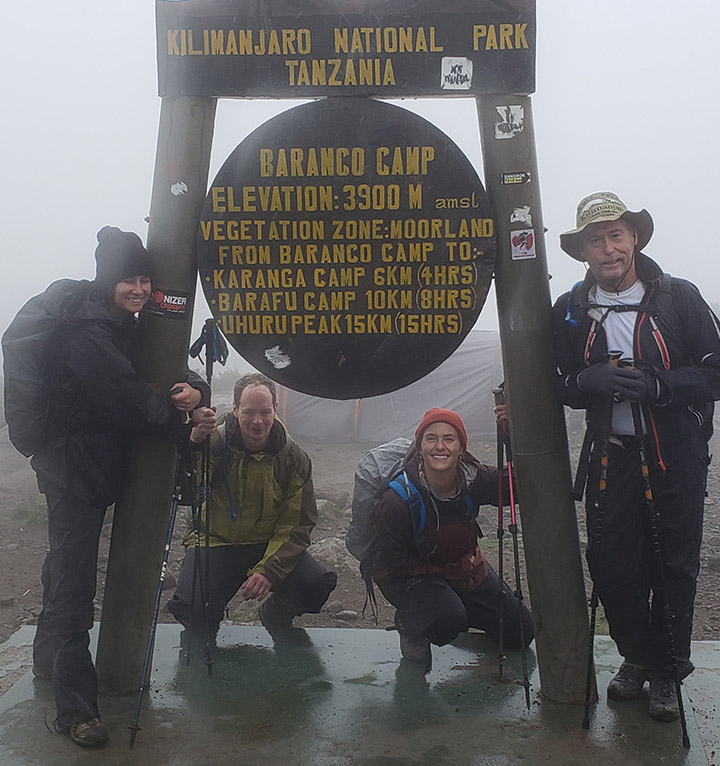
There was one dangerous portion of the climb – a stretch at the Great Baranco Wall. It is an 800-foot rise on a switchback trail with a 60-foot drop-off on one side. Handholds were definitely needed there. Rick did see one person evacuated from the mountain. He was brought down on a gurney of sorts that had only one wheel in its center. It looked extremely uncomfortable but it was the only way available to get someone to one of the mountain’s helipads.
Some highlights of the climb included seeing buffalo tracks at 13,000 feet where there are salt deposits for the buffalo to lick. They stopped at the Moira camp at about 13,300 feet that night although the guides wanted them to go higher where they could get cell phone service. On day seven they started at 16,000 feet around midnight. Rick never considered quitting but the penultimate stretch of the climb to Stella Point at 18,875 feet was quite steep and he felt a bit light-headed. Guides carry oxygen for those climbers who need it, but once they take it, they are required to go back down. After a brief rest, Rick felt fine and the remainder of the trek to the summit at 19, 341 feet involved only a slight rise. They arrived at 6:05 am. It was -10 degrees F. They only stayed 30 minutes at the summit because the sun was coming up and there was a real concern about snow blindness. On the route they took, an average of 70% of the climbers achieve the summit. Not all of the climbers in Rick’s group were able to make it, but all had an experience to remember.
The trip down was a bit anti-climactic. They went by a different route, having climbed the northwest side of the mountain and descending the southwest side. It was certainly quicker than going up, but it was tougher than Rick thought it might be because the descent required the use of different muscles. They left the mountain at 5,000 feet and spent the night in the hotel. Having anticipated the need for a bit of R&R, Karen and Rick flew to Zanzibar for a stay at the Diamonds Mapenzi Beach Resort. This required local currency, so Rick went to get some Tanzanian shillings. The machine he used had a menu asking how many he wanted and not being familiar with the exchange rate, he chose 30,000. Turns out that is equivalent to about $12 US. The exchange fee was $7 US. Next time Webb’s Director of Research will do more research ahead of time.
So what did Rick accomplish on this trip? First, he lost about 10 pounds despite the hi-carb diet. Secondly, he most probably is the first person to drink a Diet Coke at the summit (Rick refused to confirm or deny this with me), and finally, he is not only the first Webb prof to climb Mount Kilimanjaro, he is certainly the first person to unfurl a Webb banner on the summit. Congratulations are in order. I can’t wait to hear what he does next winter. If he invites me, I’m busy that day.
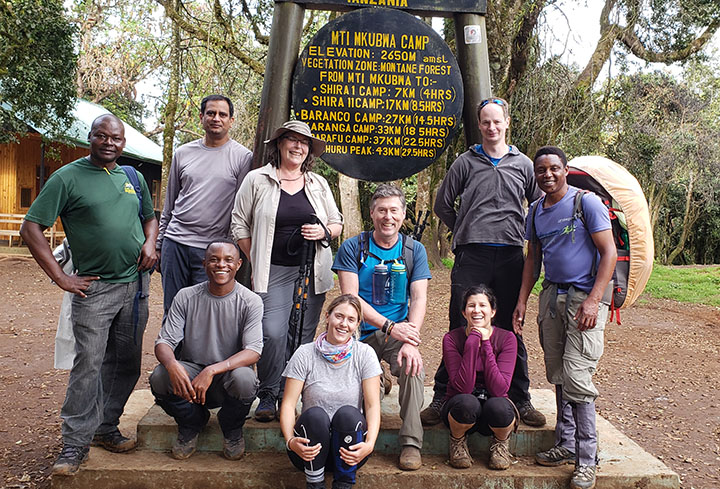
Photo Credit: Climb Kili
Senior Spotlight: Zane Tinnell ’20
Hometown: Corpus Christi, Texas
Thesis Title: Effect of Non-Linear Geometric Twist on the Hydrodynamic Performance of Hydrofoils with Bell-Shaped Spanloads
Post Graduate Plans: ABS rotational program
Favorite Quote.
Time is a created thing. To say ‘I don’t have time,’ is like saying, ‘I don’t want to.’
– Lao Tzu
What are you passionate about?
The friends I’ve made along the way. They mean a lot to me.
What’s your favorite spot on campus and why?
The yacht club because who doesn’t have a good time at the yacht club?
What was your favorite Winter Work internship?
Senior year at ABS. It was warm and there was never a dull moment.
Two Weeks of Sleepless Nights Turns Two Alumni’s 3D Card Maker into PPE Provider
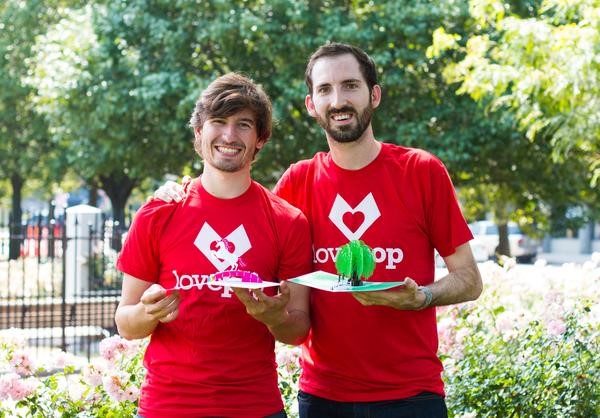
With the cases of COVID-19 on the rise, two members from the Class of 2009, John Wise and Webb trustee, Wombi Rose, rose to the challenge and quickly switched their resources at Lovepop to produce much-needed PPE gear. Normally, Lovepop produces laser-cut 3-D greeting cards based on the ancient art form of kirigami.
“One of the things we learned at Webb was how to solve problems. When we heard about the shortage of PPE, we tried to turn it into a problem we could start to solve with the resources and capabilities available to us.” noted Wombi Rose ’09, president of Lovepop, “In the past few weeks, we’ve figured out how to pivot our supply chain to provide desperately-needed gowns and face shields to the front line.”
If you are an alumnus/alumna and would like to share your story on how you or your company are helping others through the COVID-19 pandemic, please contact Kerri Allegretta at ude.bbew@attergellak.
About Lovepop (from lovepopcards.com)
Founded by best friends and naval architects, John Wise and Wombi Rose, Lovepop creates beautiful laser-cut pop-up cards designed on ship-building software and handcrafted in the ancient art form of kirigami.
Lovepop is on a mission to create one billion magical moments by making it easy to do something creative and meaningful for the people you love.
Since earning an investment from Kevin “Mr. Wonderful” O’Leary on ABC’s “Shark Tank” in 2015, Lovepop has created hundreds of unique designs to help make every occasion magical – whether it’s a birthday, holiday, anniversary, or any milestone for someone you love.
Alumni Spotlight – Chris Hicks ’99
Webb Education: Tools for Life
1999
Like nearly all Webb Institute alumni, earning that dual bachelor’s degree in Naval Architecture and Marine engineering made for four of the most challenging years of my life. So when graduation day was upon me, I was more than ready for the real world. But first things first, let’s party like it’s 1999…because it was!
I headed back home to the Mississippi Gulf Coast, where I hired on at Ingalls Shipbuilding. Honestly, I was expecting it to be a short-lived job; just get my feet wet, so to speak and really just catch my breath after Webb. What I hadn’t expected was for my first job to lead to such interesting opportunities and challenges that I would find myself with the same corporation for the next 20 years.
Webb provided me with the necessary tools to succeed in over a dozen different roles throughout my career, including basic naval architecture tasking, field engineering, research and development, advanced ship design, and project leadership. Beyond the engineering, I had the opportunity to lead hundreds of millions of dollars in program pursuits and lead proposal developments across commercial and government sectors. With the experience gained through my varied roles, and a constant desire to make a significant impact within the company, I was given the opportunity to move into our Corporate Development and Strategy organization, where I am today.
2019
In my current role, I support senior leadership with enterprise strategy and key acquisitions, including those that led to the stand up of a third Huntington Ingalls Industries division, creating a path for growth beyond shipbuilding. My strong technical background and strategic experience has allowed me the opportunity to coordinate our enterprise focus on Unmanned and Autonomous Systems, truly the future of the maritime industry.
Work-Life Balance
Although my career doesn’t always allow me to be home as much as I’d like, I have to say I’ve been blessed. My wife, Jennifer and I have been married for 11 years and live in Mobile, Alabama, with our two amazing daughters, Riley (9) and Kennedy (7). My love for music and water sports continues, and I am fortunate to have outlets that support this. I am honored to be a member of the South Coast Church worship team playing acoustic guitar, an experience that has strengthened much more than musical skills. And living on the Gulf Coast allows me opportunities to surf, wakeboard, windsurf, sail, and much more. Truth is, time does really fly when you’re having fun.
Retrospective
Anyone who knows Webb’s mission knows that this school is unique in what it offers, and few schools can create opportunities and open doors the way Webb can. From life-long friendships around the globe to a fulfilling career chasing my personal aspirations, I’m truly thankful for what Webb has done for me.
